Disclosure: This article contains affiliate links. We may earn a commission from purchases at no extra cost to you, which helps our travel content.
After three decades of traversing the Americas for infrastructure projects, I've developed a particular affinity for the Miami-Buenos Aires corridor. This 4,400-mile journey connects two vibrant commercial hubs that couldn't be more different in their rhythm and architectural soul. As someone who now splits time between consulting gigs and exploring the hidden infrastructure of historic cities, I've made this journey at least quarterly for the past fifteen years. The route presents unique challenges: significant distance, variable connection options, and two airports with distinctly different operational cultures. Whether you're chasing business opportunities in Argentina's resurging economy or planning to explore the Paris of South America, this guide distills my methodical approach to conquering this route with minimal friction and maximum efficiency.
Flight Selection Strategy: Beyond Price Points
The Miami (MIA) to Buenos Aires (primarily EZE, occasionally AEP for regional connections) route offers several carrier options, each with distinct advantages that transcend mere pricing considerations.
American Airlines operates the only direct flight, departing Miami around 10:50 PM and arriving in Buenos Aires at 10:20 AM local time. The overnight timing aligns perfectly with the body's natural sleep cycle, allowing you to arrive somewhat refreshed. I've found their Boeing 777-300ERs offer superior business class comfort compared to the 777-200s they occasionally substitute—worth confirming when booking.
LATAM provides competitive options with layovers in Santiago or São Paulo. Their Santiago connection often features less congested immigration procedures than you'll encounter in Brazil, though their newer 787 Dreamliners compensate somewhat for the São Paulo routing with better cabin pressure and humidity levels.
For those who prioritize sleep quality above all else, I recommend investing in a quality travel pillow. After testing dozens over my career, this design prevents the dreaded head-bob that disrupts critical deep sleep cycles.
Avoid the temptation of ultra-budget carriers on this route. The modest savings rarely justify the operational inconsistency, particularly during South America's volatile summer thunderstorm season (December-February). I learned this lesson painfully in 2019 when a budget carrier's mechanical delay in Panama cost me a crucial infrastructure planning meeting in Buenos Aires.
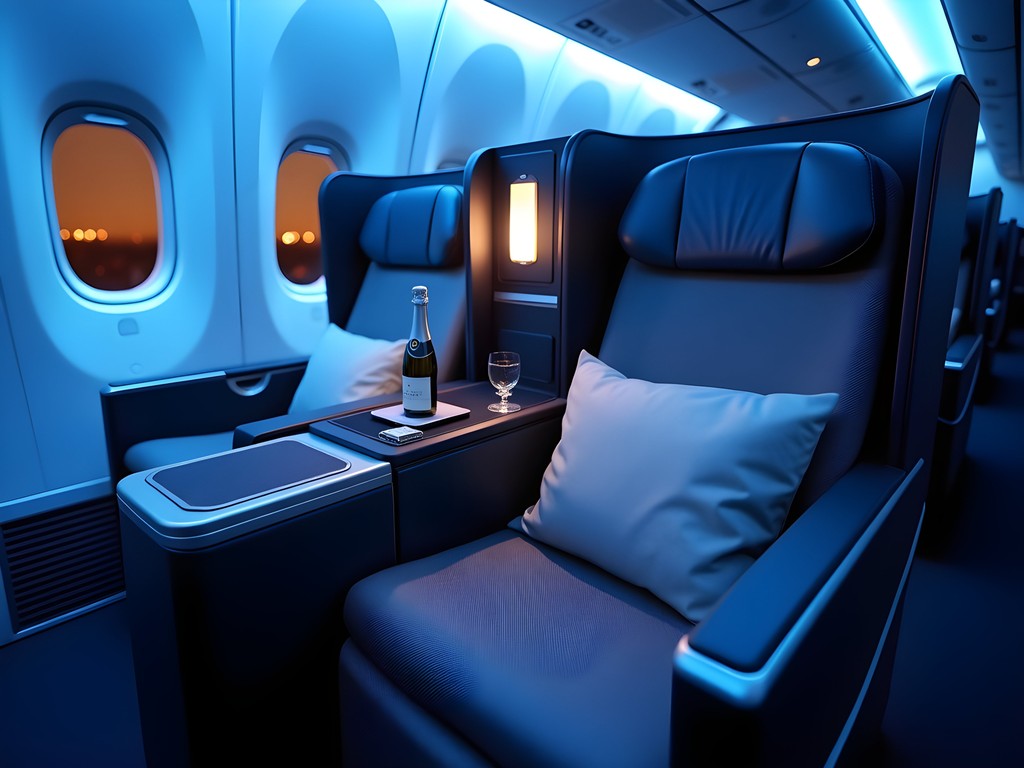
💡 Pro Tips
- Book flights departing Miami between 9-11 PM for optimal arrival timing in Buenos Aires
- Check aircraft type when booking American Airlines—the 777-300ER offers superior business class configuration
- LATAM's Santiago connections typically offer smoother immigration experiences than São Paulo
Miami International: Departure Optimization
Miami International Airport presents a curious dichotomy: architecturally impressive yet operationally challenging during peak hours. Having navigated its concourses hundreds of times, I've developed a systematic approach to minimize friction.
First, understand MIA's terminal layout. Most South American departures operate from North Terminal (Concourse D), with American Airlines dominating gates D15-D60. The concourse stretches nearly a mile, so position yourself strategically. If departing during the 7-11 PM South America rush, security lines at checkpoints 2 and 3 often exceed 45 minutes. Instead, clear security at Checkpoint 1 (near D1) and use the Skytrain to reach your gate—a time savings of approximately 30 minutes during peak periods.
For business travelers, Miami's Centurion Lounge between gates D12 and D13 offers the airport's best productivity environment. However, its popularity means capacity issues between 4-7 PM. I prefer the less crowded but perfectly adequate Priority Pass accessible lounges in Concourse J when connecting from international arrivals.
MIA's WiFi performance degrades significantly during evening hours. I maintain a mobile hotspot for consistent connectivity—particularly valuable when finalizing presentations before South American business meetings.
The often overlooked MIA Hotel on Level 2 offers day rooms in 4-hour blocks—perfect for freshening up between connections or conducting private calls. At $95, it's not inexpensive, but the productivity boost justifies the cost when facing a 10+ hour journey ahead.
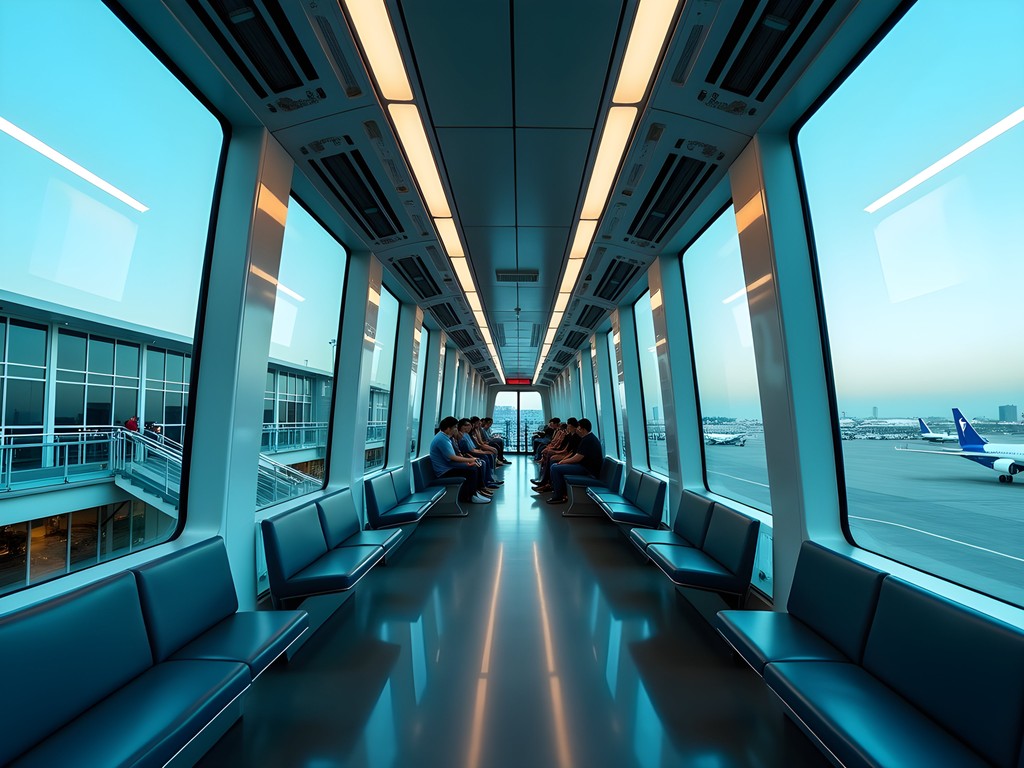
💡 Pro Tips
- Use security Checkpoint 1 and the Skytrain during evening South America departure rushes
- Reserve Admirals Club access (even without status) via the American Express portal during peak times when Centurion Lounge reaches capacity
- The Café Versailles in Terminal D serves authentic Cuban coffee—a superior alternative to standard airport offerings
Strategic Layover Management
While direct flights are optimal, connecting itineraries often offer significant cost savings or schedule advantages. Based on hundreds of connections throughout the Americas, I've developed clear preferences for layover locations when traveling between Miami and Buenos Aires.
Santiago (SCL) stands as my preferred connection point. Chile's primary hub underwent a substantial expansion in 2021, resolving many of its previous congestion issues. The airport features logical passenger flow, consistently functional WiFi, and—critically—a new premium lounge complex that accommodates productive work. Minimum connection time should be 90 minutes, though I prefer 2.5 hours to accommodate potential arrival delays without stress.
Bogotá (BOG) presents a viable alternative with its modern El Dorado International Airport. The centralized design means shorter walking distances between gates compared to larger hubs. However, security rescreening can create bottlenecks during morning rush periods (6-9 AM). The Avianca Sala VIP lounge near gate 34 offers surprisingly good working conditions with adequate power outlets and reliable internet.
Panama City (PTY) offers efficient connections through its linear terminal design, though recent expansion projects have created temporary wayfinding challenges. The terminal lacks sufficient seating in general areas, making lounge access particularly valuable.
São Paulo (GRU) presents the most challenging connection experience despite its importance as a hub. Immigration procedures remain time-consuming even for transit passengers. The minimum published connection time of 90 minutes proves dangerously optimistic in practice—I recommend 3+ hours to avoid stress.
For layovers exceeding 4 hours, I carry a portable charger with sufficient capacity to recharge both laptop and phone, ensuring productivity regardless of outlet availability. This compact unit delivers remarkable performance for its size and has become an indispensable companion on my South American circuits.
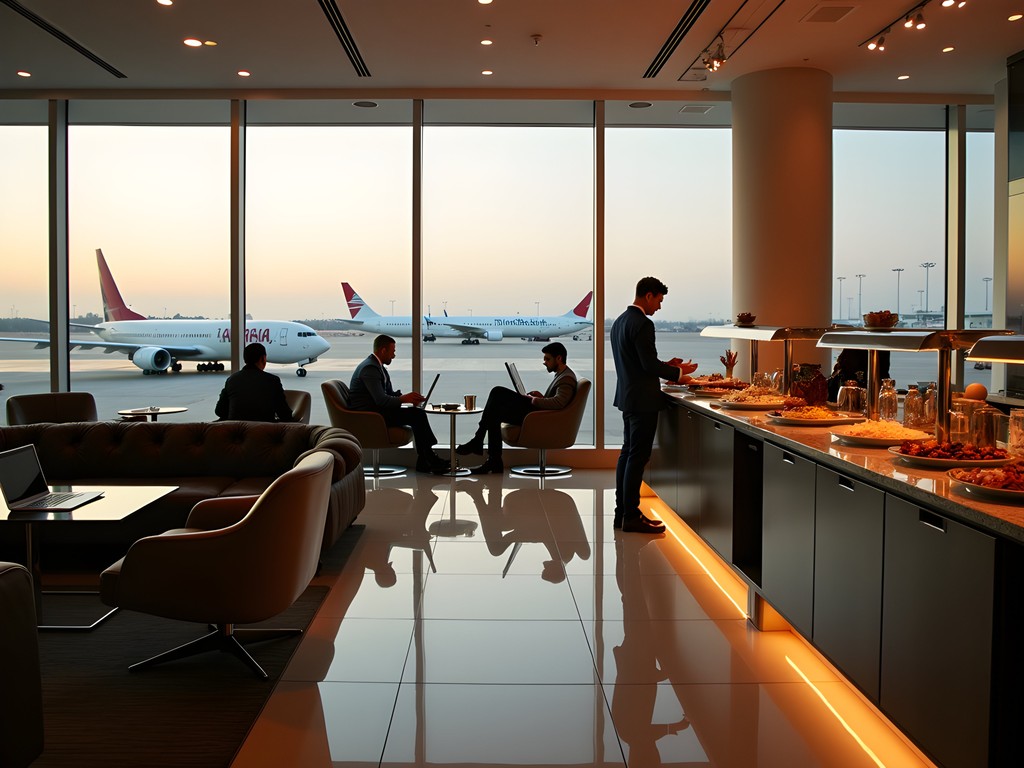
💡 Pro Tips
- Santiago connections offer the best balance of efficiency and amenities when direct flights aren't available
- Always carry printed copies of onward boarding passes when connecting in São Paulo—their systems frequently fail to recognize mobile passes
- Panama connections require terminal navigation awareness—follow signs carefully as the recent expansion created counterintuitive pathways
Ezeiza International: Arrival Tactics
Buenos Aires' primary international gateway, Ezeiza International Airport (EZE), presents distinct challenges that catch even seasoned travelers off-guard. Having navigated its evolving systems for over fifteen years, I've developed protocols that consistently save time and frustration.
First, understand that despite recent modernization efforts, immigration processing remains stubbornly analog. While automated gates exist, they frequently malfunction or operate at partial capacity. Position yourself strategically on the aircraft—seats forward of row 12 in business or row 20 in economy typically save 15+ minutes at immigration during peak arrival banks.
The true efficiency opportunity lies in the customs declaration process. Argentina implemented a digital pre-declaration system in 2022, yet remarkably few travelers utilize it. Download the official Argentina Digital Entry app before departure and complete your declaration in-flight. This generates a QR code that routes you through an expedited customs lane—reducing typical processing from 25 minutes to under 5 minutes in my experience.
For ground transportation, resist the tempting convenience of airport taxis. Their rates typically exceed standard city fares by 300-400%. Instead, I use the Cabify app, South America's equivalent to Uber but with superior reliability in Argentina. Pre-book your ride while clearing customs, and you'll typically wait under 10 minutes while paying approximately 40% of the airport taxi rate.
If visiting Buenos Aires primarily for business, consider the strategic advantage of arriving at the domestic airport, Aeroparque Jorge Newbery (AEP), which sits just minutes from the central business district. This requires connecting through Santiago or São Paulo, but the time savings upon arrival can exceed two hours during Buenos Aires' notorious rush hours. The airport's recent renovation has significantly improved the arrival experience, though food options remain limited.
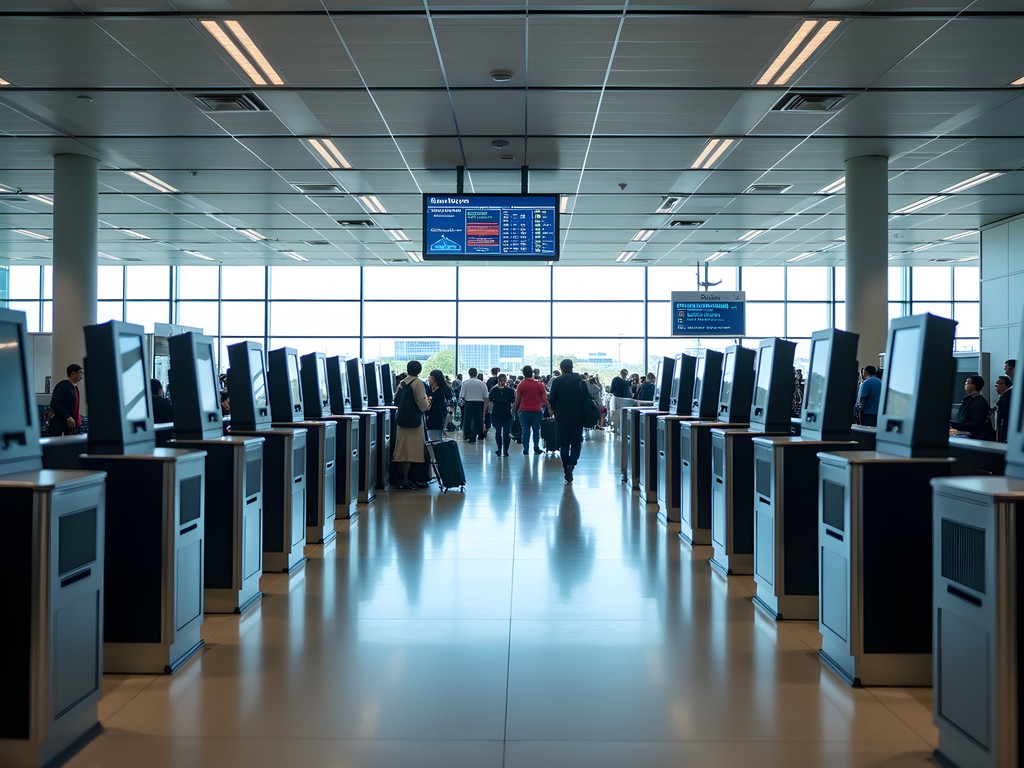
💡 Pro Tips
- Complete the Argentina Digital Entry app declaration before landing to access expedited customs processing
- Avoid currency exchange at EZE where rates are typically 15-20% below market value—use ATMs in the city center instead
- If arriving during 4-7 PM rush hour, consider the Tienda León bus service with dedicated highway lanes rather than taxis that will encounter gridlock
Business Traveler's Packing Protocol
The Miami-Buenos Aires route presents unique packing challenges due to potential seasonal inversions (winter to summer crossings), significant climate variations, and the business-casual balance required in Argentine professional settings.
My systematic approach begins with a core business wardrobe adaptable to Buenos Aires' slightly more formal business culture. While Miami embraces business casual, Argentine executives typically expect jackets for initial meetings. I've found that a wrinkle-resistant blazer in navy provides versatility across various settings while maintaining presentability after long flights.
Technology preparation requires particular attention. Argentina's electrical system uses Type I outlets (unique to Australia/Argentina/New Zealand) at 220V. Beyond a standard adapter, I carry a compact surge protector after experiencing voltage fluctuations that damaged my laptop power supply during the 2018 infrastructure assessment project in San Telmo.
Document redundancy remains essential despite technological advances. Argentina's business culture still values physical documentation, and I maintain printed copies of meeting agendas, contracts, and presentation materials as digital backups occasionally fail during critical moments. Store these in a dedicated water-resistant folio to protect against the afternoon downpours common during Buenos Aires' summer months.
Medication planning warrants special mention. Buenos Aires pharmacies stock most essentials, but brand names and dosages often differ significantly. I maintain a small medical kit with standard medications plus specific prescriptions. Argentine customs rarely questions reasonable quantities of personal medications, though carrying original prescription documentation remains prudent.
For extended business stays, I've found that packing one-third more dress shirts than your itinerary suggests accommodates Buenos Aires' unpredictable humidity levels, which can necessitate more frequent changes than anticipated. The city's excellent same-day laundry services (typically 30-40% less expensive than Miami) provide a viable alternative to overpacking.
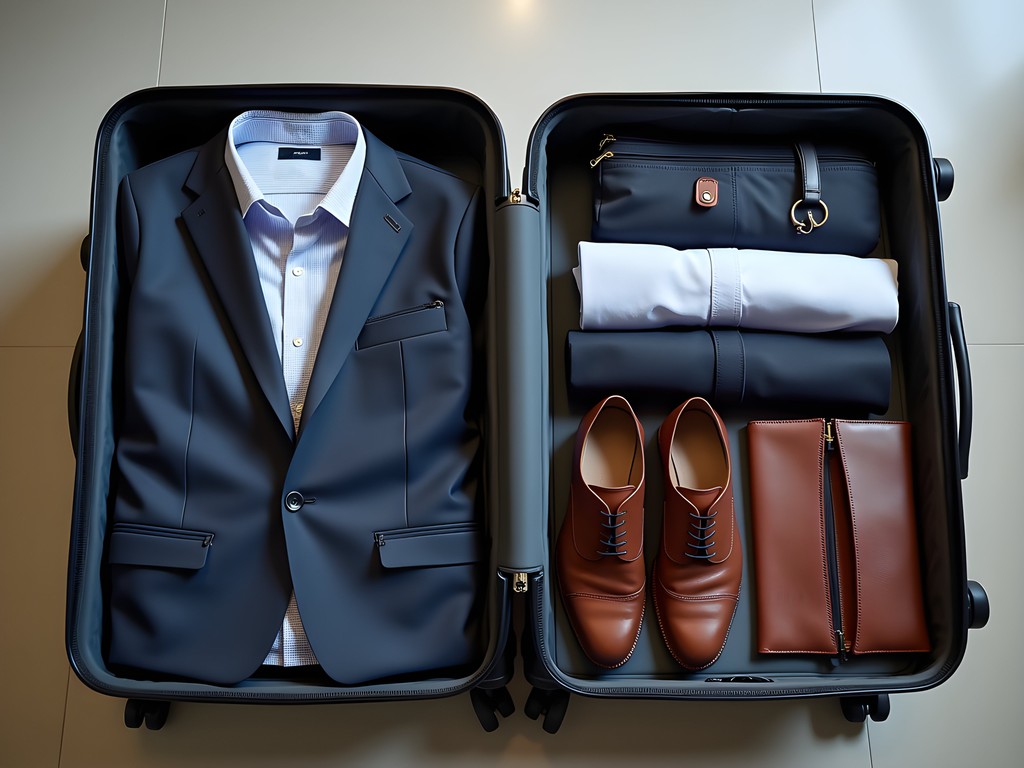
💡 Pro Tips
- Pack a Type I electrical adapter specifically for Argentina (the common European adapters won't work)
- Include at least one formal business outfit regardless of your expected meeting schedule—Argentine business culture occasionally requires unexpected formal gatherings
- Carry a compact umbrella year-round—Buenos Aires experiences sudden, intense downpours even during supposedly dry seasons
Final Thoughts
The Miami-Buenos Aires corridor represents more than just a significant distance—it bridges fundamentally different business cultures and infrastructural approaches. Mastering this route has provided me not only logistical efficiency but deeper insights into how these two commercial hubs function at their core. Whether you're pursuing infrastructure contracts as I once did or exploring new business opportunities in Argentina's evolving economy, the strategies outlined here will transform a potentially exhausting journey into a productive component of your professional toolkit. I encourage fellow business travelers to approach this route with both methodical planning and cultural curiosity. The connections you make—both at 35,000 feet and on the ground in Buenos Aires—may prove more valuable than the meetings that prompted your journey in the first place. ¡Buen viaje!
✨ Key Takeaways
- Direct flights offer significant advantages, but strategic layover selection can provide substantial cost savings with minimal time penalty
- Digital preparation (Argentina Entry app, Cabify installation, lounge access confirmation) delivers outsized time savings upon arrival
- Miami departures between 9-11 PM optimize arrival timing in Buenos Aires for same-day business productivity
- Argentine business culture maintains greater formality than Miami—pack and prepare accordingly
📋 Practical Information
Best Time to Visit
year-round with optimal conditions October-November and March-April
Budget Estimate
$1,800-2,500 for round-trip business class flights; $220-350/night for business district accommodations
Recommended Duration
5-7 business days minimum for meaningful business engagement
Difficulty Level
Intermediate Due To Language Considerations And Complex Arrival Procedures


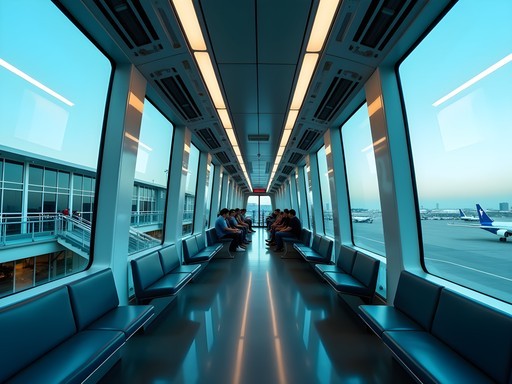
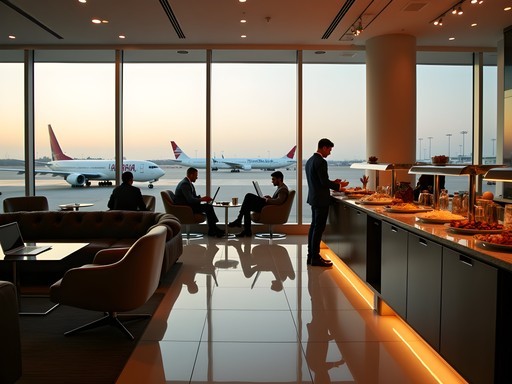
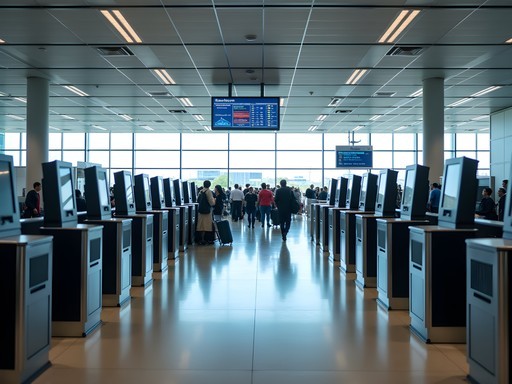
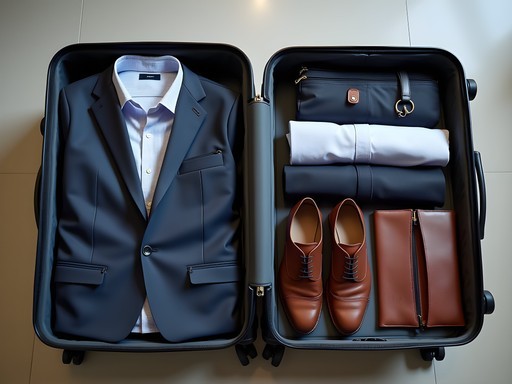




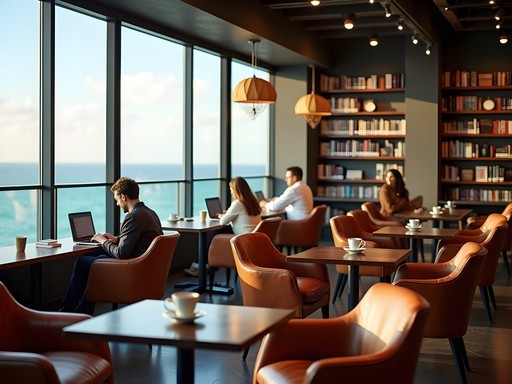





Comments
springlife
Back from my trip! Your advice was spot on. That shot of the Buenos Aires skyline at sunset is exactly how it looked!
Tyler Khan
So glad you had a great trip! Nothing beats that BA golden hour light, right?
springlife
Absolutely magical! Already planning my return trip for next year.
worldtrekker88
Just did this journey last week following your layover strategy and it worked perfectly! Opted for the 4-hour Panama City layover which was just enough time to grab a coffee and stretch my legs. One thing to add about MIA - the TSA PreCheck lines have gotten much better since your post. Was through in under 10 minutes on a Monday morning.
argentinafan
Pro tip for anyone taking this route: the Tienda León bus from Ezeiza to downtown BA is way cheaper than taxis and super reliable. They have a counter right in arrivals.
Tyler Khan
Great addition! I've used Tienda León many times. For solo travelers it's definitely the most economical option.
flyinghigh42
Great post! Just booked for September. Those LATAM overnight flights look perfect.
Casey Andersson
Tyler, your airport hacks section saved me hours last week! I followed your advice about the American Express Centurion Lounge at MIA during my 5-hour layover and it was a game-changer. The shower facilities after an overnight flight from Auckland were heaven-sent. One thing I'd add for anyone making this journey: if you're coming from Terminal D to J at Miami, the Skytrain saves so much walking time. And at Ezeiza, I used airport transfer to avoid the taxi hassles you mentioned - worth every penny after a long-haul flight when you're jetlagged and don't want to negotiate fares in Spanish!
springlife
Did you find the Ezeiza customs as slow as everyone says? Worried about making my connection.
Casey Andersson
It wasn't terrible, but definitely not fast. I'd say 45-60 mins from plane to exiting customs. The e-gates helped speed things up if you're eligible to use them!
springlife
Flying this route next month! Any tips for handling the currency situation in Buenos Aires? Heard it's complicated.
Casey Andersson
I was just there in March! Bring USD cash and exchange at the 'blue rate' spots in Florida Street. Avoid ATMs unless desperate - the fees are ridiculous and you'll get the official rate which is way worse.
springlife
Thanks! Was worried about carrying cash but sounds like it's the way to go.
Tyler Khan
Springlife, Casey's right about bringing USD. I'd add - download the Western Union app before you go. Their rates are often close to the blue rate and you can pick up pesos at locations throughout the city. Safer than carrying loads of cash.
sunsetking
Just got back from BA using your guide! That tip about bringing a portable charger was clutch - the outlets at my Bogotá layover were all taken. Also, your section about currency exchange saved me from getting completely ripped off. I found an exchange place about 6 blocks from Florida Street with rates WAY better than the airport. The whole trip was smoother thanks to your advice. Those SUBE cards for public transit are tricky to find as a tourist but totally worth it!
JetlagJunkie
Your section on Ezeiza arrival tactics saved me so much time last week! That side exit by the rental cars is a game changer.
Tyler Khan
Glad it helped! Those little airport hacks add up to a much smoother journey.
skyqueen
Has anyone done the LATAM direct flight recently? Worth the extra $200 compared to connecting through Santiago?
Tyler Khan
I did it last month - absolutely worth it for a business trip. The time saved and reduced stress made the difference. For vacation, connections can save money if you're flexible.
skyqueen
Thanks! Going to bite the bullet and book direct.
AirMiles_Hunter
Pro tip: American Airlines often has cheaper fares if you book MIA-EZE as part of a multi-city itinerary rather than direct. Saved $230 on my last booking!
Venture X
Premium card with 2X miles, $300 travel credit, Priority Pass